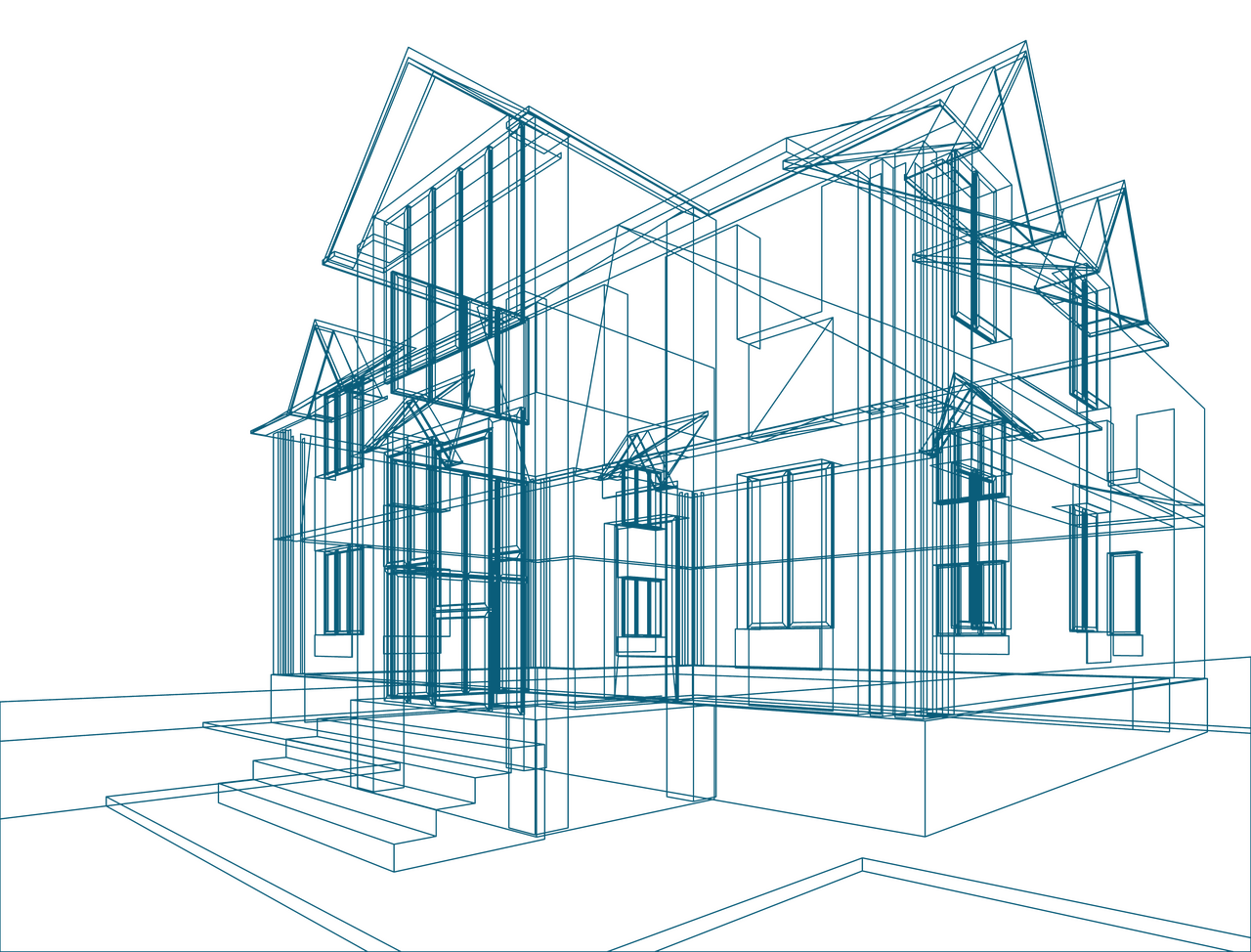


Market report
Contractor Insights & Market Performance
Discover how market research simplifies complex construction decisions and provides a competitive edge. Unlock insights that drive success in your projects.
Blogs I published 04 April 2025 I Dirk Hoogenboom
Construction Decisions Aren’t Simple – Why Market Research Gives a Competitive Edge
Unlike a homeowner picking up a few tubes of sealant, decision-making in construction involves architects, contractors, project developers and engineers – each with different needs, budgets and levels of influence. If you’re a manufacturer or supplier in this space, how do you ensure that your products fit into this ecosystem? The answer is almost always market research.
But honestly though, conducting market research in construction is easier said than done. If you’re selling soft drinks or sneakers, you can probably run an online survey, get thousands of responses and call it a day. Here? Not so much. But here’s the thing: research in this sector is a way of understanding where the industry is headed, what your customers actually need and how to get ahead of competitors.
The challenge? It’s expensive, time-consuming and requires nuance. So let’s break it down.
Why Construction Market Research is Critical
Understanding the Industry
Construction isn’t a fast-moving, trend-chasing industry. Yes, there’s innovation – look at sustainability, smart materials, modular building – but the adoption curve is long. Many decision-makers still clearly prefer what’s worked for decades. Market research helps businesses figure out where change is actually happening as opposed to where things might stay the same, sometimes for years to come.
And while some manufacturers are pushing new technologies, the reality is that a lot of firms just aren’t ready to overhaul their processes overnight. That’s another strand where market research comes in handy: it helps you see innovations that are actually being adopted and where there’s resistance, so a notoriously layered and fragmented sector becomes more transparent.
A Market with Multiple Stakeholders
Unlike B2C, where the buyer and the decision-maker are the same person, construction has multiple stakeholders. That means knowing how different professionals influence purchasing decisions. A new office building, for instance, has architects selecting materials, contractors working within budgets, project developers ensuring profitability and regulators imposing compliance standards. If you don’t know who actually has the final say in your segment, it’s easy to lose sight of the process altogether.
One common mistake? Companies focus their research on just one group, missing the big picture. Understanding the decision-making vertical ensures you’re targeting the right people with the right messaging.
Tracking Industry Trends and Innovation
Construction is evolving, albeit gradually. Regulations shift, new materials enter the market, green building practices have their nooks and crannies. But which of these trends really have traction and impact your business? Research helps you figure it out; but not through generic reports filled with broad trends – with actionable insights that tell you where to invest and where to stay put.
Take sustainability, for example. The push for greener buildings is strong, but which materials are gaining market share? What sustainability initiatives are construction firms actually willing to pay for? How are government incentives looking? Knowing these answers helps you separate opportunities from buzzwords.


Challenges in Construction Market Research
Reaching a Hard-To-Get Audience
Try getting a contractor or project developer to fill out an online survey thoroughly. Unlike consumer markets, where large-scale online panels can provide insights quickly, construction professionals are less likely to engage with digital surveys. Many are on-site, working long hours and simply don’t see market research as a priority. If you want real insights, you need to go old-school: phone interviews, in-person conversations or industry networking.
Online surveys tend to attract younger professionals, but the decision-makers are often seasoned industry veterans who simply aren’t participating. This skews data and makes digital-only approaches unreliable.
Fragmentation and Regional Differences
Construction isn’t a single, unified market. It’s faced with different building codes, labor costs, fewer hands-on-deck or more of them, available materials… the context is simply different. This means that what works in Spain won’t work in Poland, and what works for Poland doesn’t apply to the U.S. So a zoomed out, one-size-fits-all market report is more or less useless. If you want meaningful data, you need localized research that accounts for regional differences.
For example, take BIM adoption across Europe. It’s on the rise as a whole, but stack the trends next to each other and you’ll see that Dutch digitalization efforts (76%) are leaps and bounds ahead of neighboring countries like Germany or Italy (a significantly lower 32%). If you’re basing business decisions on global reports without specific breakdowns, you’re compromising your decision-making down the line.
The Cost of High-Quality Research
Because of the challenges in reaching key stakeholders and the need for region-specific insights, reliable market research in construction doesn’t come cheap. If you’re asking distributors for market insights, you’re getting filtered, biased information. High-quality research means investing in expert-led interviews, focus groups and on-the-ground observations. So, yes – it’s expensive. But making decisions without it will set you back even more.
And don’t forget that a lot of the available research is outdated. Construction isn’t an industry that gets constant, real-time updates like retail or tech. If you’re making decisions based on reports that are a few years old, you might as well be guessing.
Research Strategies – A How To
Use the Right Methods for the Right People
Forget mass surveys. Instead, focus on a mix of qualitative and quantitative approaches:
- Phone interviews with key decision-makers
- Focus groups with architects, contractors and developers
- On-site visits to see how products are used in real conditions
- Industry partnerships to get insider perspectives
Trade shows, industry forums and supplier meetings are essentially data-mines where you can gather real, unfiltered insights. If you’re serious about understanding the market, boots-on-the-ground can also be the way to go.
Focus on Niche, Actionable Insights
Broad industry reports won’t help you much if you don’t zoom in on the details, that’s why you could ask questions like:
- What materials are actually gaining traction in this market?
- Who has the real purchasing power in this segment?
- How do contractors in X select their adhesives?
- What are architects looking for in sustainable building solutions?
- What’s driving product decisions – cost, regulation or branding?
When you focus on the specifics, you get research that informs business decisions.
Tracking Long-Term Industry Trends
We’ve already established that construction isn’t about what’s trending this month. It’s about long-term shifts in regulation, workforce demographics and material costs. So, yes, now and again you’ll pick up on some current trends, but also keep your eye on the big picture. Smart companies use research to plan not just for next year, but for the next decade.
Think about the rise of prefab and modular construction. It’s not a fad, but a long-term shift that will impact supply chains, labor markets and material choices for many years to come. Companies that caught onto this early are already ahead of the competition.


The ROI of Research
You might ask what’s the end-result or what you stand to gain from an in-depth analysis. As it so happens, a lot. Think of it as a precision tool that helps you:
- avoid costly missteps by trading guesswork for informed decisions
- refine sales and marketing by connecting directly with your ideal customers
- gain a competitive edge by knowing the playing field better than your rivals
- strengthen your negotiation power through concrete and actionable data
- anticipate industry shifts and get in on emerging opportunities early
Conclusion
Construction moves slow, but this doesn’t give professionals in the industry leeway for not paying attention. That’s why market research isn’t an expense but a strategy – it’s how you make informed, strategic decisions. It does come with certain challenges, but the insights gained allow manufacturers, suppliers and service providers to stand their ground in a conservative, complex industry.
It may take its time changing, but you don’t have to. Engage the right stakeholders, focus on tailored insights and stay on top of long-term trends. Get in touch today and find out how our tailored market research can help you get to where you want to be.
Construction Consulting Services for You
We provide tailor-made market research and off-the-shelf reports, both B2B & B2C, qualitative and quantitative. Here are some you might be interested in
Monitor and improve client relationships to drive loyalty and repeat business in construction.
Map out key interactions and pain points to refine the overall construction experience.
Identify the aspects of service or product that most impact satisfaction in construction projects.

Read more

Fresh Insights Await
Our relevant reports
Delve into the newest findings across various market segments, crafted for a cutting-edge overview. Explore our insightful reports, brimming with up-to-date data, trend analyses, and in-depth examinations, all tailored to provide you with a comprehensive understanding of the current market dynamics.
Construction
Home Improvement
Installation
Special reports













